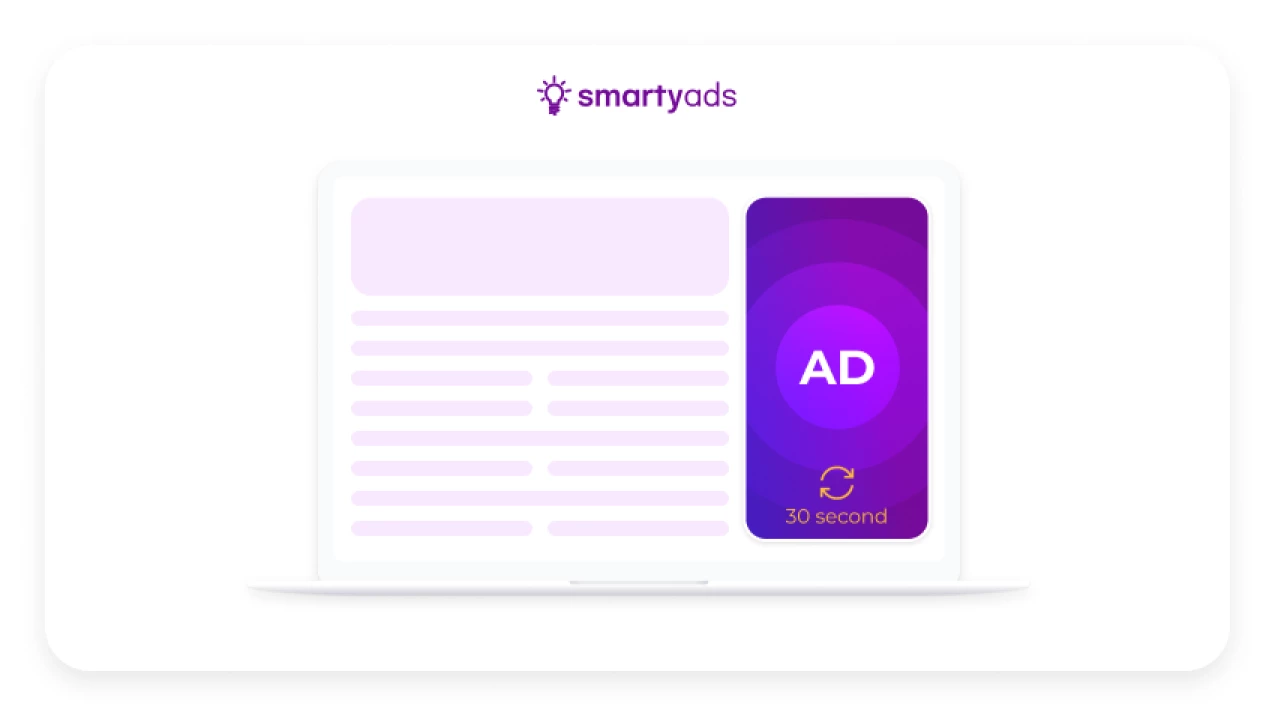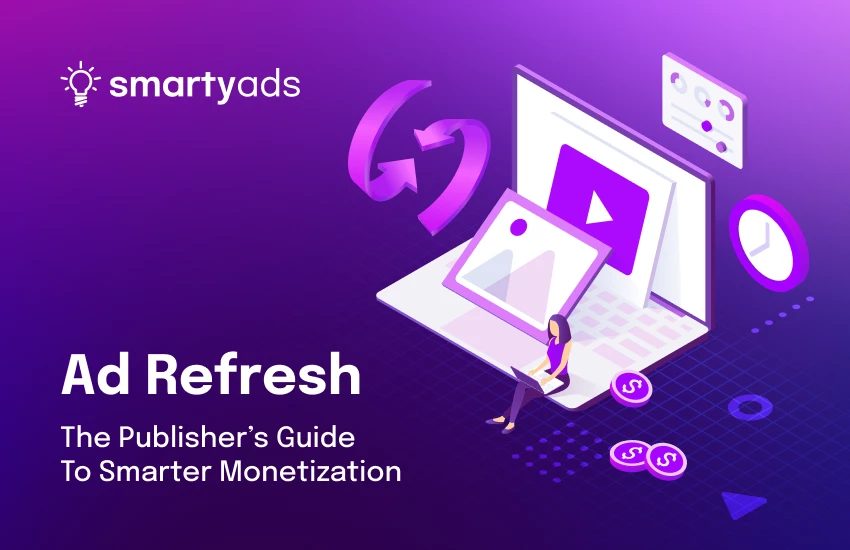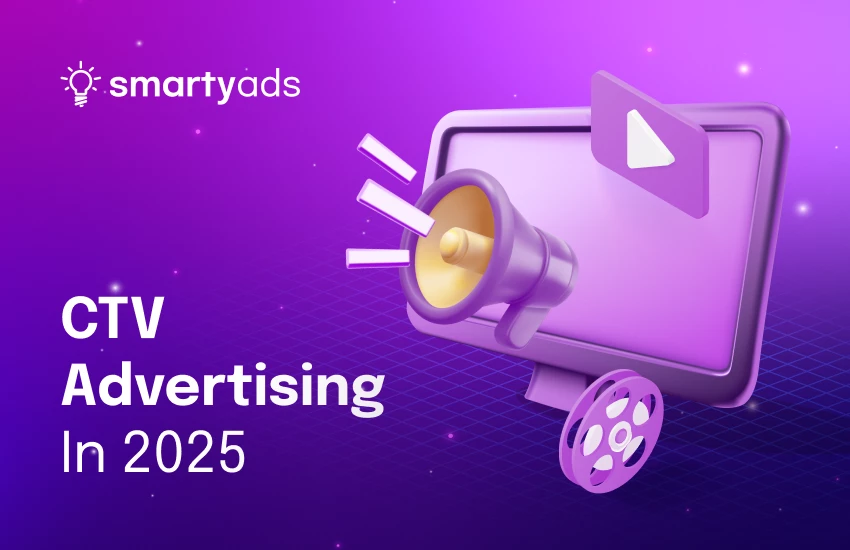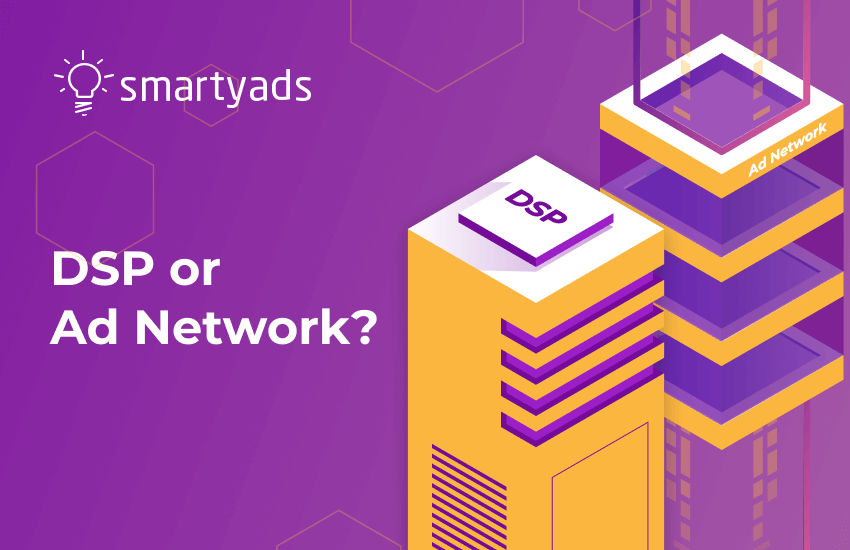If there’s one thing publishers are always chasing, it’s balance. More ads mean more revenue, but too many ads and the audience disappears. That’s where ad refresh comes in. Think of it as giving your ad slot a second life — instead of showing one banner for the whole visit, the slot updates and brings in fresh campaigns.
The idea isn’t new, but today it’s becoming a smarter way to boost impressions without breaking user trust. With digital ad spend growing fast, publishers who know how to refresh ads the right way can open the door to higher yields, stronger fill rates, and better outcomes for advertisers.

What is ad refresh?
Ad refresh is simple. One ad slot doesn’t stay the same — it updates after some time or a user action. A new ad appears while the person is still on the page.
It’s like a shop window. Instead of leaving one poster all day, you swap it out every hour. People notice something new, and brands get more chances to be seen.
For publishers, it’s a way to get more value from the same space. For advertisers, it’s an extra opportunity to reach people. And for users, if done right, it feels natural — not like a dusty billboard that never changes.

Why ad refresh matters for publishers and advertisers
At first glance, ad refresh looks like a small tweak. But in reality, it can shift the whole game. For publishers, one slot becomes many. More impressions. More bids. More chances to grow revenue without adding clutter.
For advertisers, this means no more traffic jams. Their campaigns rotate in, and they get a fair shot at attention right when it matters.
For users, a smart refresh keeps things fresh. No one likes staring at the same banner for ten minutes — it’s like leaving the TV on pause. But when ads change naturally, they feel less intrusive and more like part of the browsing rhythm.
Done right, an ad refresh is a win-win. The page stays alive, revenue grows, and brands don’t lose their chance to be noticed.
Time-based ad refresh
Time-based refresh is the most common approach. An ad doesn’t sit in the slot forever — it changes after a set amount of time. Usually every 30, 60, or 90 seconds.
Publishers love it because it’s hassle-free. You set the timer once, and it just runs, like putting the kettle on and knowing it’ll whistle when it’s ready. Advertisers love it because nothing catches them off guard. They know how long their ad will sit in the spotlight before the next one steps on stage.
It works a bit like a train schedule. One train pulls in, waits for a while, and then leaves right on time. Another one arrives just as expected. The flow feels steady and organized.
The benefit is clear: a single ad slot can show multiple ads during one visit. For publishers, that means extra revenue without cluttering the page. For advertisers, it means more chances to get in front of the same engaged audience.
Timing matters. Refresh too fast, and the ad flips before anyone even notices it. That drags viewability down and makes advertisers lose confidence. Go too slow, and you leave money on the table by showing fewer ads.
The sweet spot is usually between 30 and 90 seconds. That’s enough time for an ad to be seen, but short enough to keep the slot working harder. Get the pace right, and time-based refresh turns into a simple, effective way to grow revenue.
Advantages and risks of ad refresh
Ad refresh can be a powerful tool, but like any tool, it works best in the right hands. Used wisely, it boosts revenue and keeps inventory alive. Used carelessly, it can backfire.
The advantages:
For publishers, refresh means more impressions without adding new slots. It’s like turning one seat at a cinema into ten tickets sold across the day. More advertisers get space, and revenue climbs.
For advertisers, it creates extra touchpoints. Instead of being stuck behind a single static banner, their campaigns rotate into view, raising the odds of being noticed.
For users, when done thoughtfully, a refresh keeps the page fresh, too. Staring at the same ad for ten minutes feels like watching paint dry. A natural change is easier on the eyes.
The risks:
Push it too far, and refresh starts working against you. If ads change too often, viewability drops. Advertisers start to question the value. Users may feel overwhelmed. It’s like someone flipping TV channels while you’re trying to watch. In the worst case, trust breaks. Buyers expect transparency and quality, not chaos.
The balance is delicate. Refresh can be the extra oxygen that fuels revenue — or the draft that blows out the candle. The difference lies in how carefully it’s set up.

Pro tips for smarter ad refresh implementation
The line between smart refresh and annoying refresh is thin. Here are a few tips that keep you on the safe side.
1. Don’t rush it.
Refreshing every few seconds may look tempting, but it kills viewability. Keep a natural pace — usually 30 to 90 seconds.
It’s like drinking coffee. Too fast, you burn your tongue. Too slow, it goes cold.
2. Refresh only what’s seen.
If the slot isn’t viewable, refreshing it makes no sense. It’s like talking to an empty room. Focus on placements that are in front of the user’s eyes.
3. Track more than impressions.
Don’t just count how many ads you serve. Look at viewability, CTR, and drop-offs. These numbers tell you if refresh is helping or hurting.
In the end, smart refresh is about respect. Respect for users who don’t want chaos, and respect for advertisers who pay for genuine attention. Balance those two, and refresh turns from a trick into a strategy.
Example: How ad refresh works on a news website
Picture a reader scrolling through a news site. They open an article about today’s headlines and stay on the page for ten minutes. Without ad refresh, they’ll see the same banner ad the whole time. One impression, nothing more.
Now let’s add refresh. Every 60 seconds, the slot updates with a new campaign. In those ten minutes, the publisher serves ten impressions instead of one. For advertisers, that’s ten chances to catch attention. For the publisher, it’s a revenue lift from the same real estate.
The key is that the change doesn’t feel disruptive. It’s like a billboard on a busy street that rotates to show new ads. Drivers barely notice the switch, but the message keeps reaching fresh eyes. Done right, refresh feels invisible — but the impact shows up clearly in the numbers.
How SmartyAds SSP helps publishers
Ad refresh works best when it’s done with the right tools. That’s where SmartyAds SSP steps in. We built it to give publishers flexibility, control, and peace of mind.
With our SSP, you can set refresh rules that actually make sense — no random reloads, no blind guessing.
Every impression is tracked, and buyers know exactly what they’re paying for. Transparency stays intact.
It’s a bit like driving with navigation. You still choose the road, but the system makes sure you don’t miss the turns. Publishers choose when and how slots refresh. Our tech makes the process smooth for advertisers and fair for users.
In the end, it’s all about balance. More revenue for publishers. Better performance for advertisers. A browsing experience that doesn’t push users away.
SmartyAds SSP makes all three possible — in one place. Alongside ad refresh, publishers can also explore a full spectrum of dynamic and static ad formats with SmartyAds SSP.
Final thoughts: Balance, revenue, and user experience
Ad refresh is not a magic trick. It’s a strategy. Done with care, it turns one slot into many, grows revenue, and keeps advertisers happy. Done carelessly, it can break trust and annoy users.
The real win is in balance. Publishers get more yield, advertisers get fair exposure, and users get a smooth experience without feeling bombarded. Everyone leaves the table with something valuable.
With SmartyAds SSP, publishers don’t need to guess. They get a system that supports smart refresh, protects transparency, and makes monetization predictable. It’s the kind of tool that keeps both sides of the ecosystem — buy and sell — running in harmony.
Ready to refresh your ad strategy the smart way? Register on SmartyAds SSP and start turning impressions into real growth.





